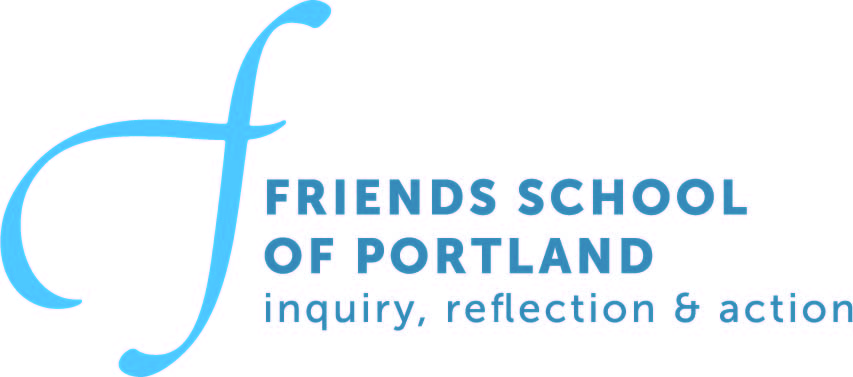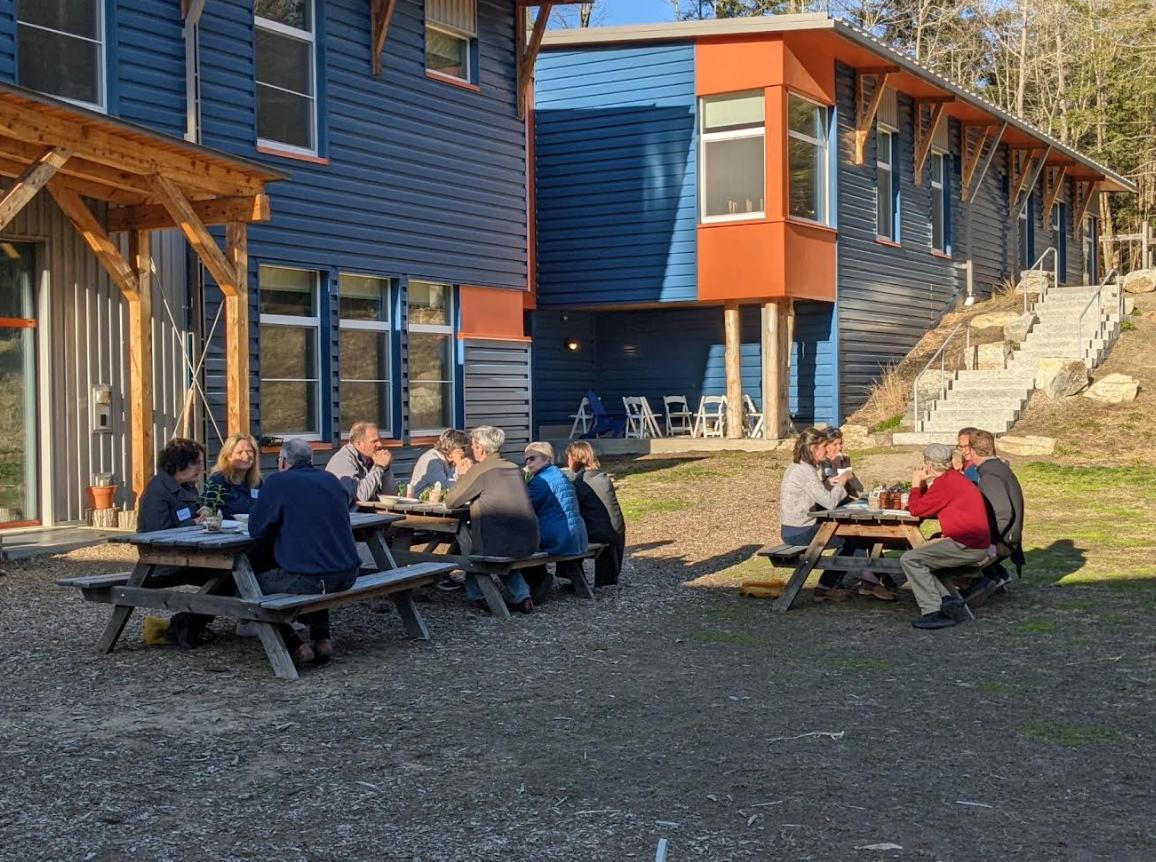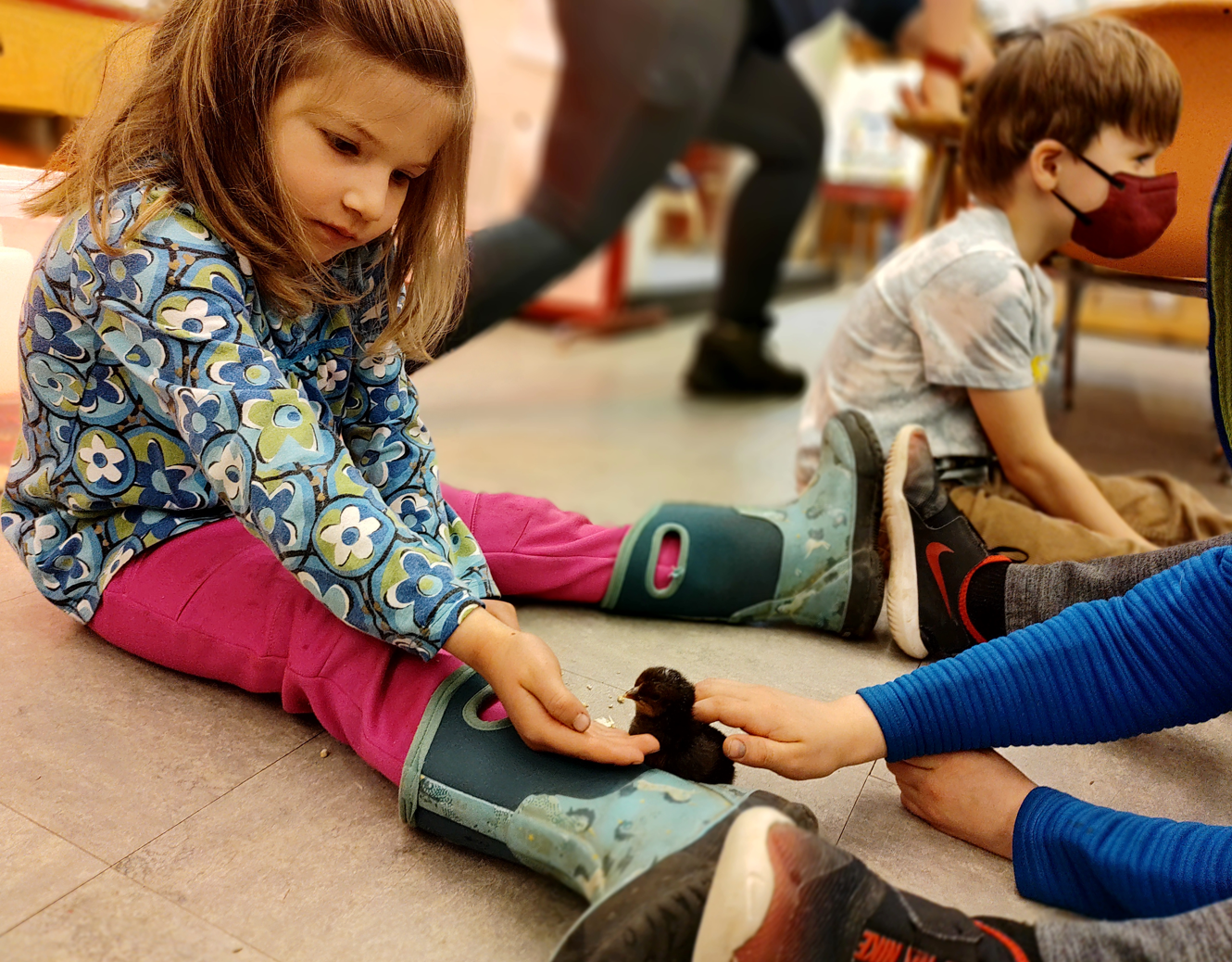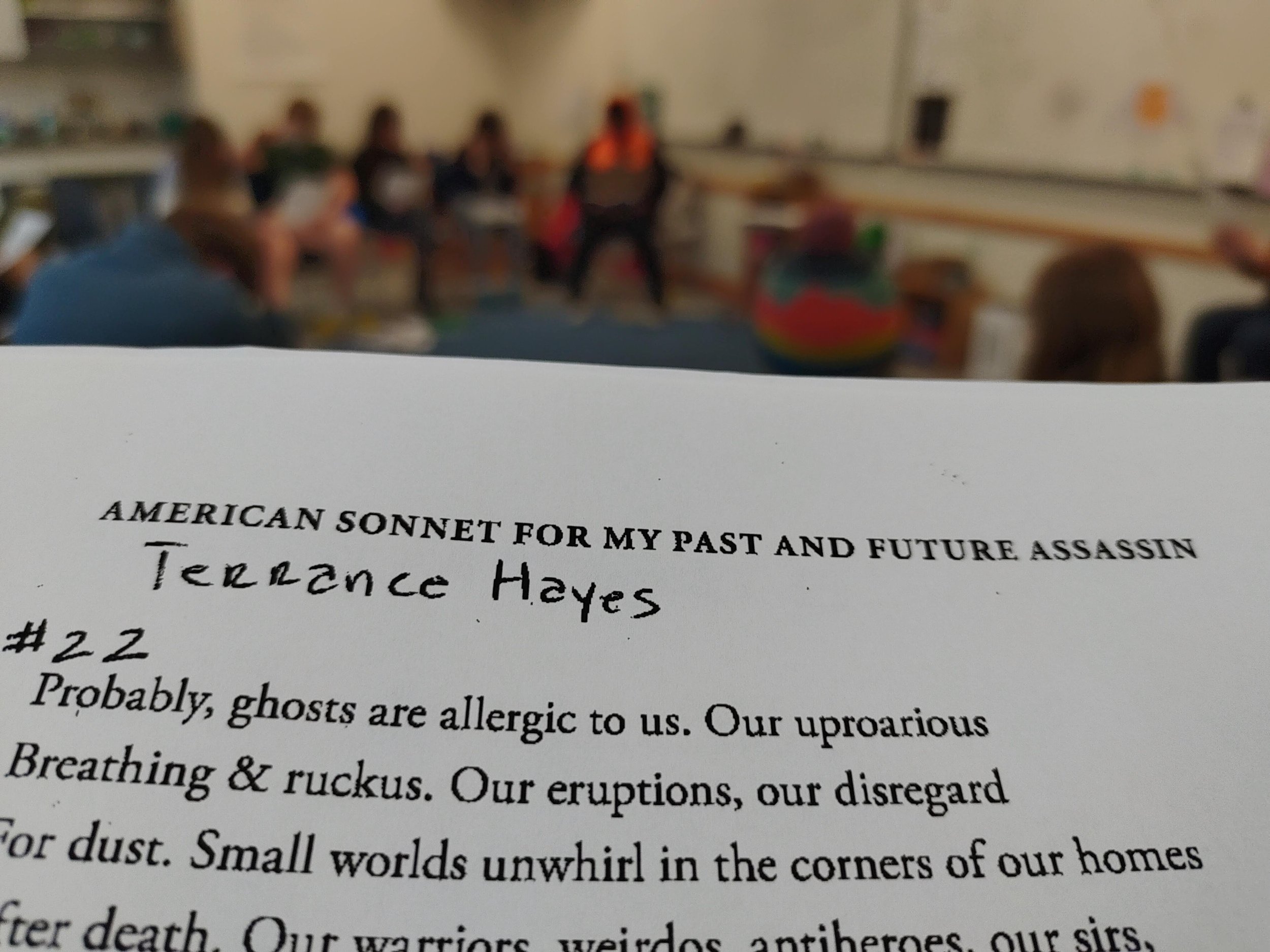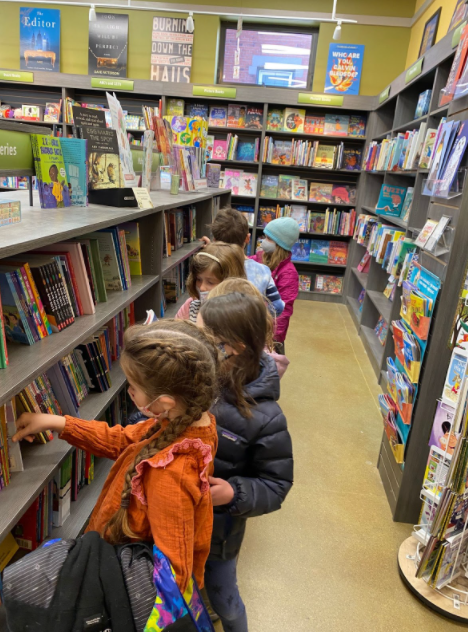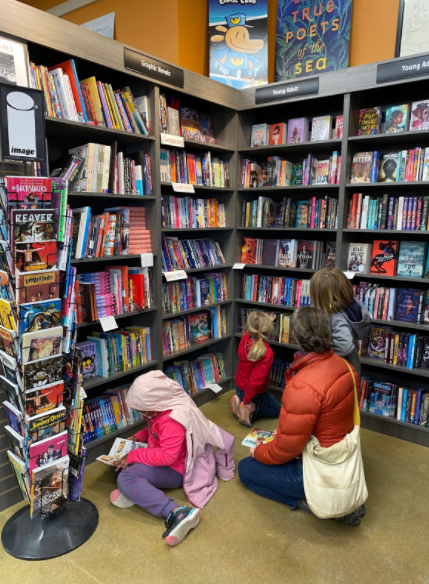Ellie Barnet grew up in Midcoast Maine. Raised at an Inn specializing in art workshops and surrounded by an artistic family, she knew from a young age she wanted to be an artist. She received her education in Fine Arts at Boston University, majoring in painting. Since graduating Barnet has studied with Knox Martin at The Art Students League in New York City, and attended workshops taught by Lois Dodd and Joel Janowitz.
She currently lives and works in Portland, Maine. Her work can be found at the Harmon Meek Gallery in Naples, FL and the Elizabeth Moss Gallery in Falmouth, ME, as well as in the Ogunquit Museum of American Art, the Polk Museum of Art, the Museum of Art-DeLand, and the Golisano Children's Museum of Naples, FL.
Ellie offered Collaborative Collage
Christina Bechstein is an artist, mother, and educator who has taught in art, design, and architecture programs across the United States. Her art practice is interdisciplinary and collaborative in nature, encompassing and overlapping such fields as social sculpture, large-scale community-based public art, activism, sculpture, textiles, film, and performance.
In her social business project Love Lab Studio, Christina works to make simple creativity public as a force to co-create a better world. Christina is also part of a new pilot group in Portland Maine, Sister Makings, that tends to community and relationships and brings new neighbors, local women, and our children together over crafts, food, coffee, and gardening.
Christina offered a Mosaic Quilt
Chris Child is an Emmy award-winning TV composer and has contributed music for a broad range of TV shows and commercials. He has composed the music for video games developed by Harmonix, including 2016’s Amplitude for the Sony PS4 game console and Rock Band.
Under his artist name Kodomo, he has released several critically acclaimed albums, EP's, and remixes. He performs in New York City and electronic music festivals around the world (Montreal, Barcelona, Paris, and Tokyo). Child is also the owner of the record label FOIL Imprints embracing a spectrum of electronic music genres.
Chris offered Electronic Sound Art
Flor Cron is a queer Peruvian-American farmer, performer & transdisciplinary artist who works with intuitive movement, dirt, installation, printmaking, fiber, Instagram, and food.
From a young age, Flor frequently traveled to Peru to visit her maternal family. There, their passion for movement, food, and textiles was ignited. Flor lives in Portland, Maine, which is settled on stolen and occupied territory of the Wabanaki Confederacy.
Through performance and making with the readymade, available materials, Flor locates the present moment and the relationship between her two cultures. She explores the defeat and transformation of trauma through the twin powers of vulnerability and forgiveness, and how exposing pain can transcend trauma.
Flor offered Experimental Printmaking
Leah Gauthier is an intermedia artist living and working in Cumberland, Maine. She makes wild-inspired embroidered paintings, living sculptures, and community works exploring food as an agent of social change.
Gauthier’s art has been exhibited nationally and internationally. She has been an artist-in-residence at MacDowell, Eyebeam, and The Burren College of Art in Ballyvaughan, Ireland, and has received grants and awards from the Pollock-Krasner Foundation, Puffin Foundation, Efroymson Contemporary Arts Fellowship, National Endowment for the Arts, Berkshire Taconic Community Foundation, and others. She has taught at Butler University, Henry Radford Hope School of Fine Art Indiana University Bloomington, the School of the Museum of Fine Art Boston, Tufts University, and Maine College of Art and Design.
Leah offered Mixed Media Bookmaking, exploring lost meals
Bella Harvey majored in sculpture at Maine College of Art and Design and while there gained an interest in creating wearable art and the concept of identity through masks and puppets. Her masks and puppets are influenced by Bread & Puppet Theater’s large-scale paper-mâché masks, Jan Svankmajer’s multimedia stop-motion films distorting the human form, and Yuri Norstein’s animations created using 2D paper puppets. She works in many mediums such as plaster, foam, clay, and paper-mâché usually in tandem.
Bella offered Mask Making
Cora Kircher is a comic artist who lives in Portland, where they work in a restaurant. They drew and wrote separately for a long time before realizing that combining the two mediums was the best way for them to make art. Cora's art often centers on relationships and the natural world, using imagery and dialogue to create a story. Cora believes that art can be many things, but personally tries to make art that is political, emotional, and/or funny, and is really looking forward to making art with cool people at FSP!
Cora offered Graphic Story Telling
Roberta March started to pursue her art education later in life and is now a second-year MFA student. Her first degree was in business administration and she received a master's in marketing, followed by a career in human resources in banking. In London, Roberta attended Hampstead School of Art for a foundation diploma in Fine Arts. After she relocated to Houston she studied for four years at The Glassell Studio School of Art.
She moved to her new home Portland, Maine in 2019. She became an American citizen the same day she started her MFA program at Maine College of Art where she is a candidate to graduate in May 2021.
Roberta offered Butterfly Mosaic Making.
Sarah Navin When she's not behind the front desk, Sarah is writing and illustrating a creepy webcomic called Darker Further Down, which she shares at instagram.com/coinswallow. The story follows two young women living in a thoroughly haunted and distorted Maine town. Sarah writes (and reads!) plenty of weird fiction, and is still exploring the possibilities that visual storytelling has to offer.
Sarah offered Mind’s Eye Me
Amy Wheeler is a writer, photographer, and intuitive artist living in Maine. Her artistic beginnings are likely coded in her DNA with many makers and creator thinkers running back three generations on both sides of her family. She is a retired teacher and belongs to the Arts and Cultural Alliance of Freeport.
Amy offered Rust Print Poetry
